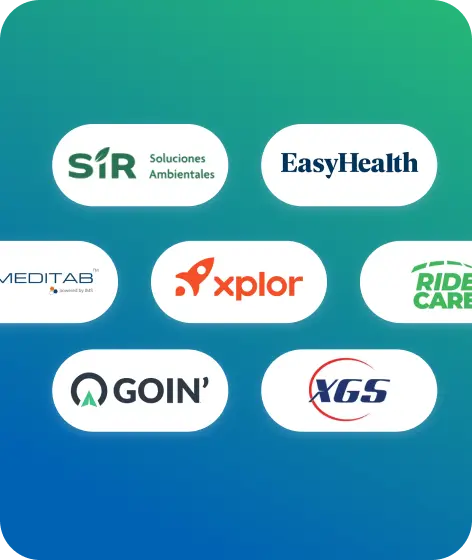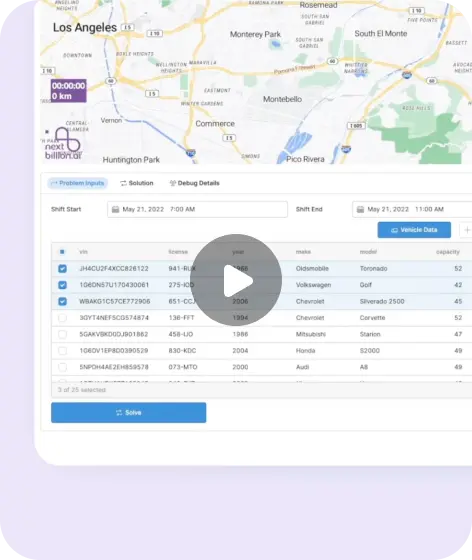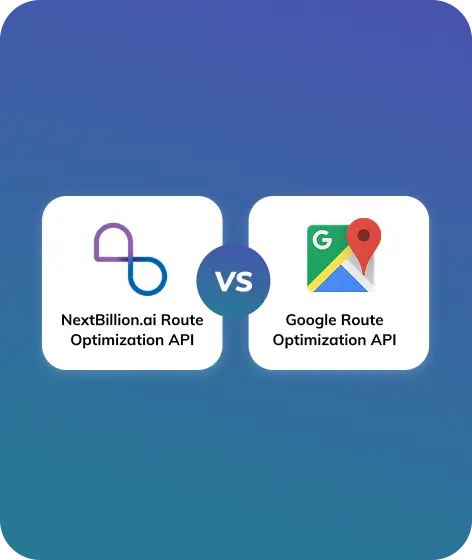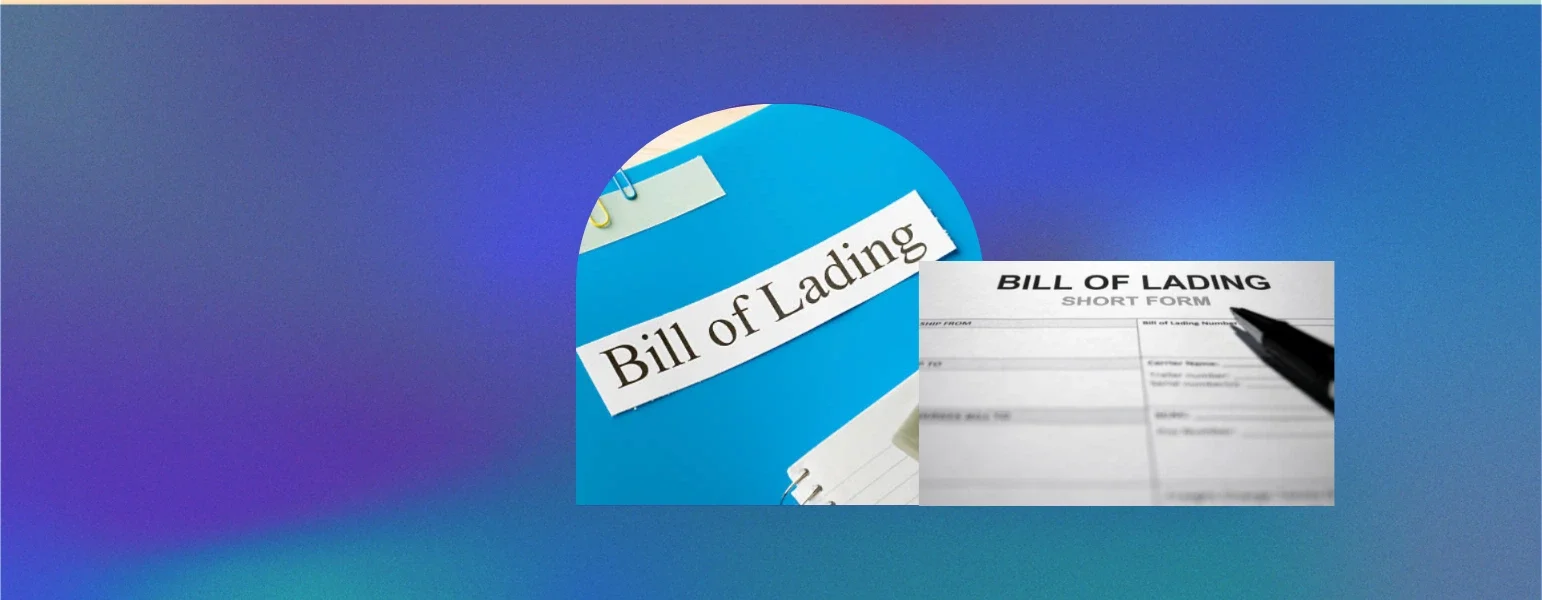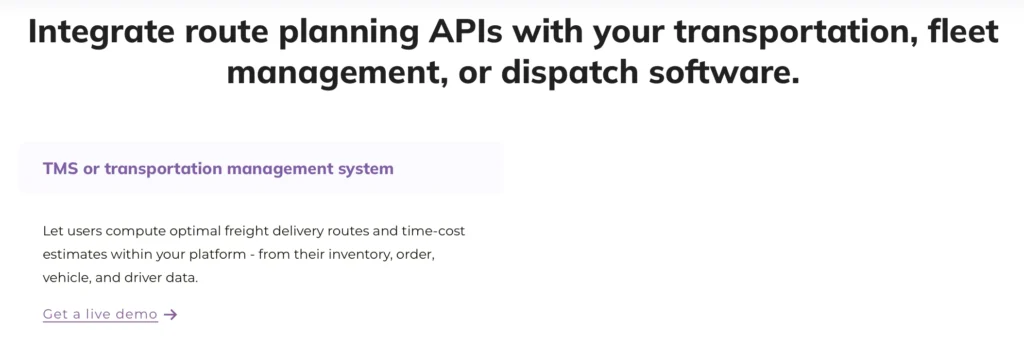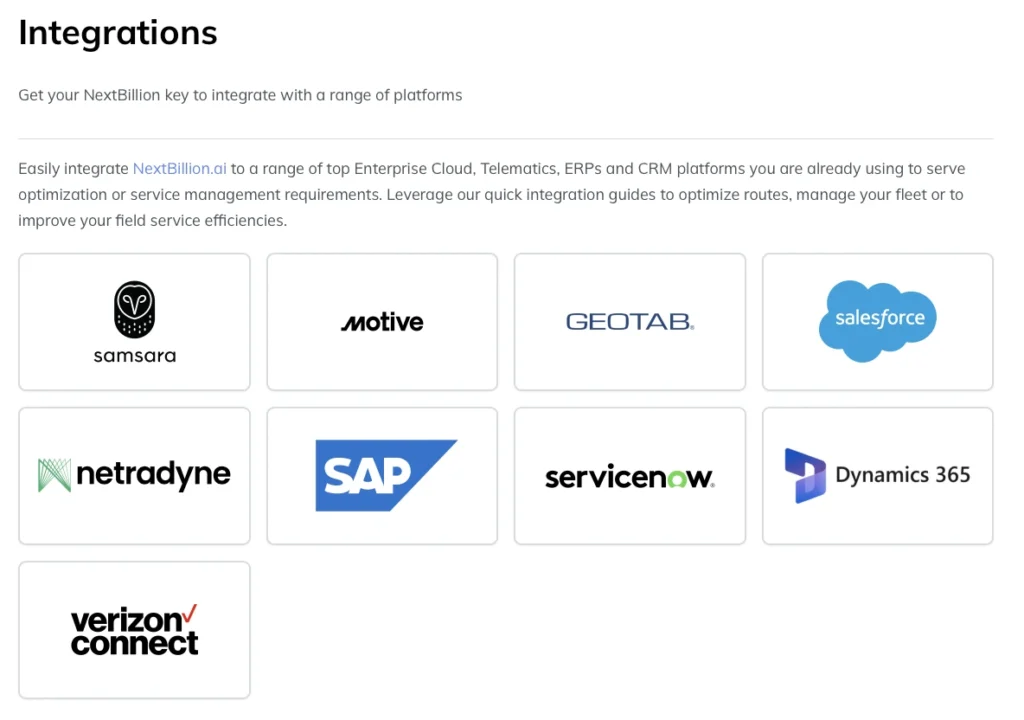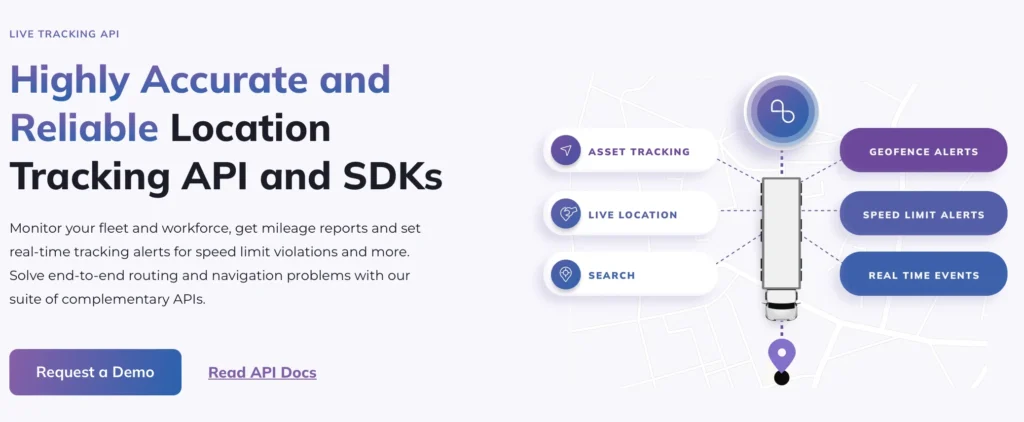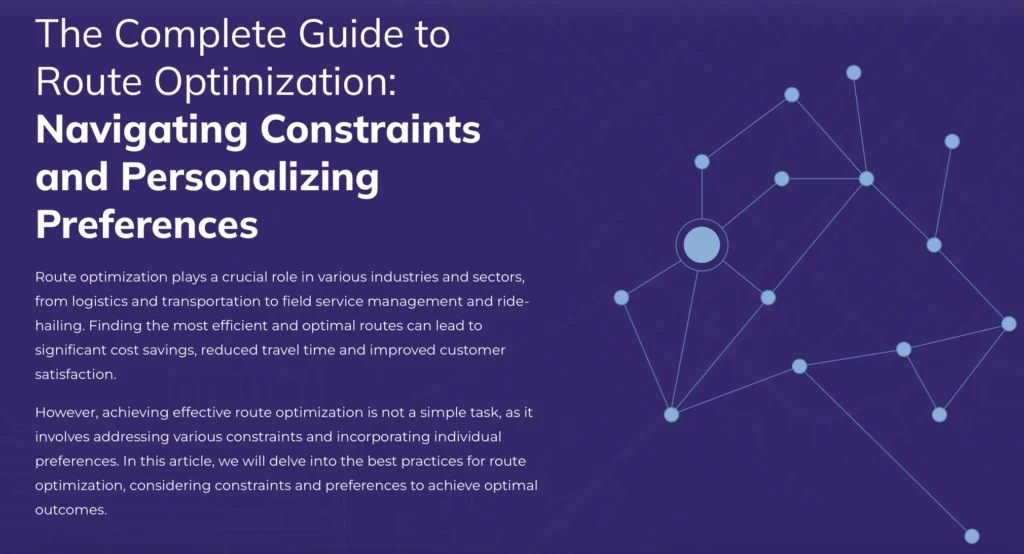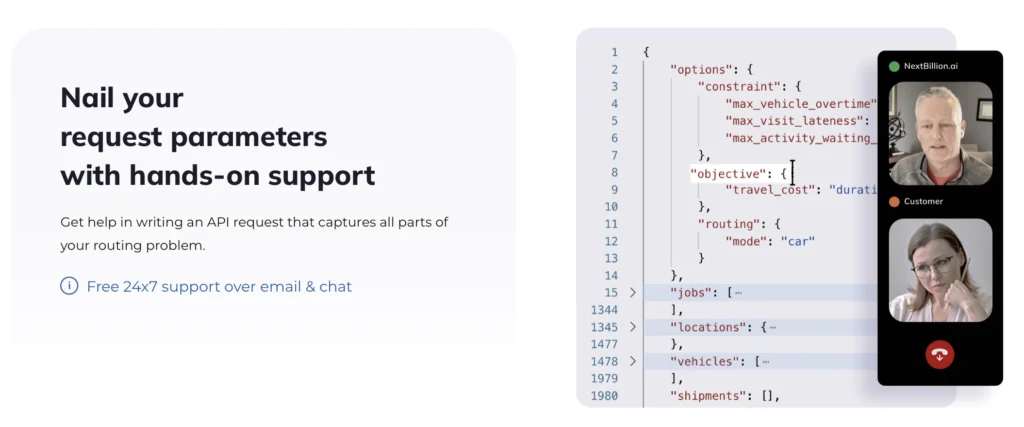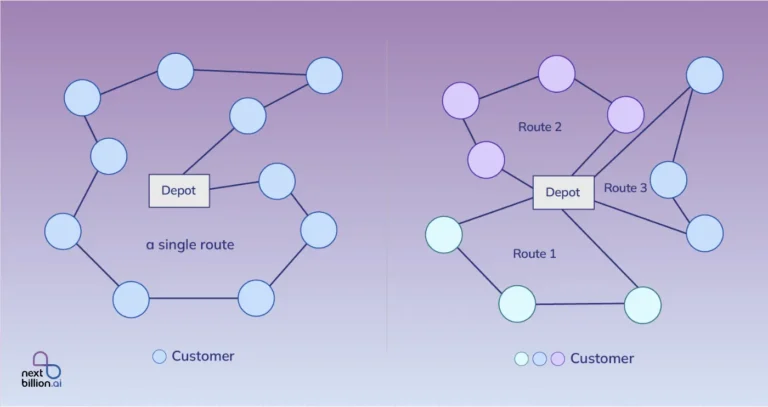
Table of Contents
A Bill of Lading (BOL or B/L) is a legally binding document issued by a carrier (such as a shipping line, trucking company, or airline) to a shipper, acknowledging the receipt of cargo for shipment. It details the type, quantity, and destination of the goods being shipped and serves three main functions:
- Receipt of Goods: Confirms that the carrier has received the specified goods in the stated condition.
- Evidence of Contract: Outlines the terms of transportation between the shipper and the carrier.
- Document of Title: Represents ownership of the goods, allowing the holder to claim them upon delivery or transfer ownership during transit.
The BOL is essential in both domestic and international trade, facilitating customs clearance, payment processes, and dispute resolution.

Key Functions of a Bill of Lading
A Bill of Lading serves three main, interrelated functions:
- Receipt of Goods: It acts as a formal acknowledgment that the carrier has received the specified goods from the shipper in the stated condition. This receipt is crucial for both parties to confirm what is being transported.
- Evidence of Contract of Carriage: The BOL outlines the terms and conditions agreed upon by the shipper and the carrier for the transportation of goods. It serves as proof of this contract and is legally binding under maritime and transport law.
- Document of Title: The BOL represents ownership of the goods. The holder of the original document can claim the goods at the destination, or transfer ownership to another party by endorsing the document. This is particularly important in international trade, where goods may be sold while in transit.
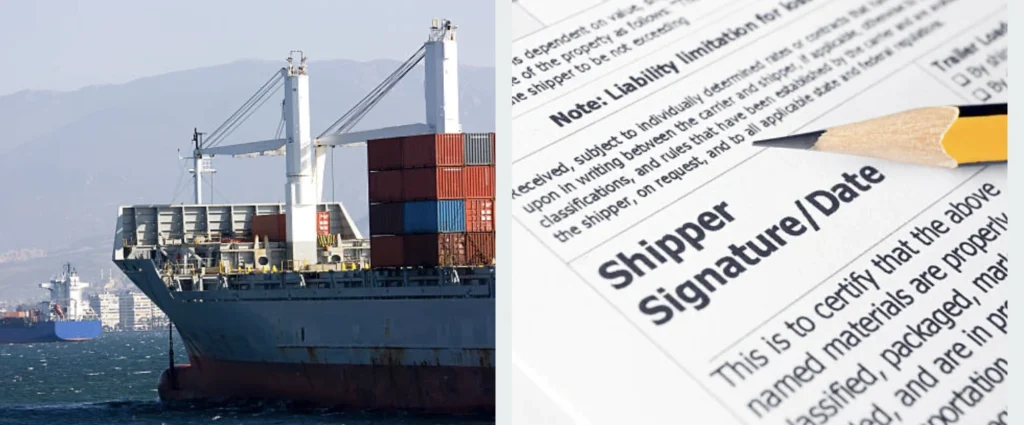
Parties Involved Explained
- Shipper: The party sending the goods.
- Carrier: The company physically transporting the goods.
- Consignee: The party designated to receive the goods.
- Notify Party: (optional) A third party to be notified upon arrival of the goods.
Contents of a Bill of Lading
A typical Bill of Lading includes:
- Shipper and consignee names and addresses
- Carrier information
- Notify party (if applicable)
- Description of goods: type, quantity, weight, dimensions, packaging
- Marks and numbers for package identification
- Ports of loading and discharge
- Vessel or vehicle details (for sea/air/road transport)
- Date and place of issue
- Freight details and payment terms (prepaid or collect)
- Shipping terms (e.g., Incoterms like FOB, CIF)
- Special instructions or handling notes
- Signatures and/or stamps of carrier and shipper.
Legal and Logistical Importance
- Proof of Shipment: The BOL is required for releasing payment, clearing customs, and resolving disputes.
- Ownership and Security: It helps control the release of goods and can be used as collateral in trade finance.
- Compliance: It ensures all parties comply with regulatory and contractual obligations.
Types of Bill of Lading
There are several types of Bills of Lading, each suited to different shipping scenarios and business needs:
- Straight Bill of Lading: Non-negotiable; consigned to a specific person; cannot be transferred.
- Order Bill of Lading: Negotiable; can be transferred by endorsement; used to secure payment in trade.
- Bearer Bill of Lading: Negotiable; transferred by delivery; whoever holds it can claim the goods.
- Clean Bill of Lading: Indicates goods were received in good condition; no damage or shortage noted.
- Claused (Dirty) BOL: Notes discrepancies such as damage or shortages in the shipment.
- Through Bill of Lading: Covers goods transported across multiple modes (e.g., rail, road, sea).
- Combined Transport BOL: Used for door-to-door shipments involving various transport means.
- House Bill of Lading: Issued by a freight forwarder to the shipper; details goods and terms.
- Master Bill of Lading: Issued by the carrier to the freight forwarder or shipper.
- Charter Party BOL: Used when a vessel is chartered; agreement between charterer and vessel owner.
- Surrender Bill of Lading: Used in documentary credits; enables release of goods without presenting the original BOL.
- Received for Shipment BOL: Issued upon receipt of goods, before loading onto the vessel.
Types of Bill of Lading: Detailed Explanation
A Bill of Lading (BOL) is a multifaceted document, and its various types address the diverse needs of global shipping, trade finance, and risk management. Below is an in-depth look at the most significant types of Bills of Lading, their features, and their specific uses.
1. Straight Bill of Lading
- Nature: Non-negotiable.
- Consignee: Issued to a specific, named consignee.
- Transferability: Cannot be transferred or endorsed to another party.
- Use: Commonly used when the goods are shipped to a known and trusted party, such as intra-company transfers or when payment is already secured.
- Risk/Control: Offers maximum control to the shipper over the delivery, as only the named consignee can claim the goods.
2. Order Bill of Lading
- Nature: Negotiable.
- Consignee: Usually states “to order” or “to the order of [party].”
- Transferability: Can be transferred to another party by endorsement (signing over) and delivery of the document.
- Use: Widely used in international trade, especially when goods may be sold multiple times while in transit or when a letter of credit is involved.
- Risk/Control: Provides flexibility and enables the document to be used as collateral for trade finance, as banks can control the release of goods until payment is confirmed.
3. Bearer Bill of Lading
- Nature: Negotiable.
- Consignee: Does not specify a particular consignee; states “to bearer” or “to holder.”
- Transferability: Transferable simply by handing over the document-no endorsement required.
- Use: Rarely used due to high risk; allows whoever holds the original document to claim the goods.
- Risk/Control: High risk of fraud or loss; used only in exceptional circumstances with strict controls.
4. Clean Bill of Lading
- Nature: Can be negotiable or non-negotiable.
- Condition: Indicates that goods were received in apparent good order and condition, with no damage or shortage noted.
- Use: Preferred in trade finance and by consignees, as it assures buyers and banks that goods were shipped in proper condition.
- Risk/Control: Essential for securing payment under a letter of credit, as banks often require a clean BOL.
5. Claused (Dirty or Foul) Bill of Lading
- Nature: Can be negotiable or non-negotiable.
- Condition: Contains notations about defects, damage, or shortages in the goods at the time of loading.
- Use: Used when cargo is not in perfect condition, providing a record for insurance and claims.
- Risk/Control: May complicate payment or insurance claims, as it signals problems with the shipment.
6. Received for Shipment Bill of Lading
- Nature: Issued when goods are received by the carrier but not yet loaded onto the vessel.
- Use: Used as evidence of receipt, but not as proof of actual shipment; often replaced by an “On Board” BOL once goods are loaded.
- Risk/Control: Less secure for buyers, as it doesn’t confirm the goods are actually on the vessel.
7. On Board (Shipped) Bill of Lading
- Nature: Issued after goods are physically loaded onto the vessel.
- Use: Used to confirm shipment for payment and customs; often required for documentary credits.
- Risk/Control: Provides assurance to buyers and banks that goods are en route.
8. Through Bill of Lading
- Nature: Covers the movement of goods across multiple modes of transport (e.g., sea, rail, road).
- Use: Facilitates intermodal shipments, allowing for seamless transfer between carriers and transport types.
- Risk/Control: Simplifies logistics for complex supply chains, as one document covers the entire journey.
9. Combined Transport/Multimodal Transport Bill of Lading
- Nature: A type of through BOL that specifically covers at least two different modes of transport.
- Use: Used for door-to-door shipments involving, for example, both sea and land transport.
- Risk/Control: Offers comprehensive coverage and simplifies documentation for multimodal logistics.
10. House Bill of Lading
- Nature: Issued by a freight forwarder or non-vessel operating common carrier (NVOCC).
- Use: Given to the shipper as a receipt for goods; details the agreement between the shipper and the forwarder.
- Risk/Control: Forwarder acts as the carrier to the shipper and as shipper to the main carrier.
11. Master Bill of Lading
- Nature: Issued by the main carrier to the freight forwarder or NVOCC.
- Use: Details the agreement between the main carrier and the forwarder; used for consolidating multiple shipments.
- Risk/Control: Essential for tracking consolidated cargo.
12. Charter Party Bill of Lading
- Nature: Used when a vessel is chartered for a specific voyage or time.
- Use: Acts as a receipt for goods and evidence of contract between the charterer and shipper.
- Risk/Control: Terms are governed by the underlying charter party agreement.
13. Surrender Bill of Lading
- Nature: Used under documentary credits.
- Use: The original BOL is surrendered at the port of origin, allowing the consignee to receive goods at the destination without presenting the original BOL.
- Risk/Control: Facilitates faster release of goods, especially in international trade.
14. Stale Bill of Lading
- Nature: A BOL presented for negotiation after a specified period (usually 21 days after shipment).
- Use: May not be accepted by banks for payment under a letter of credit.
- Risk/Control: Can cause delays or refusals in payment or cargo release.
15. Short-term/Blank Back Bill of Lading
- Nature: Lacks detailed terms and conditions on its face or reverse.
- Use: Used for simple, straightforward shipments.
- Risk/Control: Less legal protection for parties due to lack of detailed terms.
16. Electronic or Telex Release
- Nature: Digital or electronic version of a BOL.
- Use: Allows for the release of goods without presenting a physical original BOL; the shipper surrenders the BOL at origin, and the carrier notifies the destination office electronically.
- Risk/Control: Speeds up the release process and reduces paperwork, but requires secure electronic systems.
What are the advantages of Using a Through Bill of Lading?
A through bill of lading offers significant benefits for shippers, carriers, and consignees, especially when goods move across multiple modes of transport or international borders. Here are the primary advantages:
1. Simplified Logistics and Documentation
- A through bill of lading consolidates all transportation details into a single document, covering the entire journey from origin to final destination, regardless of how many carriers or modes (sea, rail, road, air) are involved.
- This eliminates the need for multiple bills of lading for each segment, reducing paperwork and administrative tasks.
2. Reduced Costs
- By minimizing the number of documents and associated administrative work, a through bill of lading helps lower shipping and handling costs.
- It also reduces the risk of errors that can lead to costly delays or additional fees.
3. Enhanced Shipment Tracking and Visibility
- With a single document, all parties can more easily track the shipment’s progress across different carriers and transport modes, improving transparency and allowing for real-time updates.
- This improved visibility helps ensure timely delivery and quick identification of any issues.
4. Improved Risk Management and Security
- The through bill of lading provides a clear chain of custody and centralizes responsibility, making it easier to manage risks such as loss, damage, or theft.
- If problems arise, shippers and consignees can hold a single carrier or freight forwarder accountable, rather than pursuing claims against multiple parties.
5. Legal Protection and Clarity
- The document clearly defines responsibilities and liabilities throughout the journey, offering legal protection for all involved.
- This clarity helps prevent disputes and facilitates smoother resolution if issues occur.
6. Flexibility and Control
- Through bills of lading can be customized to include specific terms, routing instructions, and payment conditions, offering flexibility to meet unique shipment needs.
- Freight forwarders and shippers gain greater control over complex, multimodal shipments.
7. Faster Customs Clearance
- With only one document to inspect, customs authorities can process shipments more quickly, reducing the risk of border delays.
8. Improved Customer Service
- Real-time tracking and streamlined processes enable better communication, fewer misunderstandings, and higher customer satisfaction.
Main Challenges of Using a Through Bill of Lading
While a through bill of lading offers significant benefits for multimodal and international shipments, it also presents several challenges that shippers, carriers, and freight forwarders must manage:
1. Coordination Between Multiple Carriers
Since a through bill of lading covers more than one mode of transport and often involves several carriers, effective coordination is essential. Miscommunication or delays between carriers can disrupt the shipment’s journey, leading to missed connections or delivery delays.
2. Legal Complexities Across Jurisdictions
Each country or region involved in the shipment may have its own regulations, documentation requirements, and legal interpretations of a bill of lading. Navigating these varying legal frameworks can be complex and may result in compliance issues or disputes if not managed carefully.
3. Complex Liability Issues
When goods are handled by multiple carriers, determining responsibility for loss, damage, or delay can be difficult. Liability may shift at different stages of the journey, making claims and dispute resolution more complicated.
4. Documentation and Data Accuracy
Errors, inconsistencies, or missing information in the through bill of lading can cause significant problems, including delays, denied claims, or legal disputes. Ensuring that all details-such as cargo description, parties involved, and routing-are accurate and up to date is critical.
5. Risk of Discrepancies and Claused Bills
Discrepancies in documentation or cargo condition may result in the issuance of a claused (or “dirty”) bill of lading, which can affect payment, insurance, and the release of goods at the destination.
6. Delays and Increased Costs
Any errors or mismanagement in the through bill of lading process can lead to shipment delays, increased operational costs, and even penalties or fines for non-compliance or late deliveries.
7. Security and Fraud Risks
With multiple parties handling the document, there is a risk of document loss, forgery, or unauthorized release of cargo, especially if proper controls are not in place.
8. Evolving Technology and Adoption Barriers
The transition to electronic or digital through bills of lading can introduce new challenges, such as legal recognition, security concerns, and the need for all parties to adopt compatible systems.
In summary, the main challenges of using a through bill of lading revolve around coordination, legal complexity, liability, documentation accuracy, and security. Effective management, clear communication, and robust documentation practices are essential to mitigate these risks and ensure smooth, compliant shipment operations.
Bill of Lading Templates
Bill of Lading (BOL) templates are standardized forms used to document and facilitate the shipment of goods. These templates ensure all necessary legal and logistical details are included, reducing errors and streamlining the shipping process. Below are key points about BOL templates and where to find them:
Essential Elements in a Bill of Lading Template
A comprehensive BOL template typically includes:
- Shipper and consignee names and addresses
- Carrier details
- Description of goods (type, quantity, weight, packaging)
- Point of origin and destination
- Mode(s) of transportation
- Shipment date
- Special instructions and terms
- Freight payment terms (e.g., Freight Collect, Freight Pre-Paid)
- Signatures of shipper and carrier
Types of Bill of Lading Templates
- Generic Bill of Lading: Suitable for most shipments, including all essential shipment and contact information.
- Straight Bill of Lading: For non-negotiable shipments delivered only to the named consignee.
- Short Form Bill of Lading: Contains only the necessary shipment and contact information, omitting detailed terms and conditions.
- Ocean Bill of Lading: Specifically for sea shipments, includes vessel and port details.
- Trucking Bill of Lading: For ground shipments, with fields for hazardous material and handling instructions.
- Through Bill of Lading: For multimodal shipments, covering all transportation modes and stages in a single document.
Where to Find and Download Templates
- Smartsheet: Offers free, downloadable templates for various BOL types in Word, Excel, and PDF formats.
- IncoDocs: Provides a free, editable bill of lading template suitable for import/export, which can be filled out and sent electronically.
- Billoflading.org: Allows you to fill in details online and print or download a blank template as a PDF.
- Docmosis: Features customizable templates for generating bills of lading, including support for multiple container loads.
- Examples.com: Provides printable straight bill of lading templates and examples.
Template Example (Generic Format)
Example 1:
Example 2:
Best Practices
- Always ensure the template you use matches the type of shipment and legal requirements.
- Double-check all entered information for accuracy to avoid delays or disputes.
- Obtain signatures from both shipper and carrier to validate the document.
These templates are widely accepted in the logistics industry and can be adapted for specific needs, such as multimodal (through) shipments or particular carrier requirements.
How does a Through Bill of Lading Simplify Logistics
A through bill of lading simplifies logistics by consolidating all transportation details and documentation for a shipment-regardless of how many carriers or modes (such as sea, rail, or road) are involved-into a single, comprehensive document. This eliminates the need for multiple bills of lading for each leg of the journey, reducing paperwork and administrative complexity.
With one document covering the entire route from origin to final destination, all parties-including shippers, carriers, and consignees-can more easily track the shipment’s progress and coordinate logistics. This unified approach minimizes the risk of miscommunication, lost documents, or delays that can occur when managing separate documents for each segment. It also provides clear legal protection and logistical clarity by defining responsibilities and terms for the entire journey in one place.
Additionally, a through bill of lading improves cargo security, streamlines customs clearance, and enhances overall efficiency in managing multimodal shipments, making it indispensable for complex or international logistics operations.
How can NextBillion.ai Help Overcome these Challenges?
NextBillion.ai can help overcome the main challenges of using a through bill of lading in several critical ways, leveraging its advanced routing, optimization, and integration capabilities:
1. Seamless Coordination Across Multiple Carriers and Modes: NextBillion.ai’s APIs and Route Optimization tools allow logistics providers to plan, optimize, and track shipments across all legs of a multimodal journey-from first mile to last mile-within a unified platform. This reduces miscommunication and manual handoffs between carriers, ensuring that all parties have access to accurate, real-time routing and status information.
Avail more information on the Route Optimization APIs.
2. Reducing Legal and Documentation Complexity:
By integrating with existing telematics, TMS, and ERP systems, NextBillion.ai centralizes shipment data and documentation, minimizing errors and inconsistencies that can arise from managing multiple documents for each segment of a journey. This helps ensure compliance with varying regional requirements and simplifies audit trails.
By clicking on each of the blocks as shown below, you can explore the integration benefits and APIs that NextBillion.ai offers for integration without any hassle.
3. Enhanced Visibility and Real-Time Tracking: The platform provides live tracking, ETA updates, and delivery alerts, offering all stakeholders-including shippers, carriers, and consignees-real-time visibility into shipment status across different carriers and transport modes. This transparency helps quickly identify and resolve delays or discrepancies.
Refer here for more information on the Live Tracking APIs provided by NextBillion.ai.
4. Automated and Accurate Route Planning
- NextBillion.ai’s route optimization engine factors in over 50 constraints, such as vehicle capacity, time windows, cargo type, and regulatory requirements. This automation reduces manual planning errors and ensures that shipments are routed efficiently and compliantly, even as conditions change during transit.
5. Streamlined Claims and Liability Management: By consolidating all routing, tracking, and delivery data in one system, NextBillion.ai makes it easier to pinpoint where issues like loss or damage occurred, supporting faster and more accurate claims processing and liability determination.
6. Scalable and Flexible Integration: The platform’s APIs are designed for easy integration with a wide variety of logistics and supply chain management tools, enabling companies to adapt workflows as business needs evolve-whether for simple domestic routes or complex international, multimodal shipments.
7. Security and Compliance: NextBillion.ai provides enterprise-grade privacy and security features, including SOC 2 Type II certification, GDPR/CCPA compliance, encryption, and role-based access control, ensuring sensitive shipment and documentation data remains secure throughout the logistics process.
8. Customer Support: NextBillion.ai’s customer support team is available 24*7 to answer your requirements and queries.
In summary, NextBillion.ai addresses the operational, legal, and data challenges of through bills of lading by unifying route planning, real-time tracking, documentation, and compliance in a single, scalable platform-making multimodal logistics simpler, more transparent, and more reliable.
Conclusion
In conclusion, NextBillion.ai stands out as a comprehensive solution for overcoming the complexities and challenges associated with modern logistics and the management of bills of lading. Its advanced AI-driven route planning and optimization tools streamline multimodal shipments by integrating all legs of a journey-across road, rail, and sea-into a unified, efficient workflow. By supporting over 50 routing constraints, automating repetitive and recurring routes, and enabling real-time reoptimization, NextBillion.ai ensures shipments stay on schedule even when disruptions occur.
NextBillion.ai’s platform also reduces manual paperwork and data entry by integrating seamlessly with existing ERP, TMS, and warehousing systems, which helps minimize errors and ensures compliance with varying regional and legal requirements. Real-time tracking and live ETA updates provide all stakeholders with end-to-end visibility, improving communication, reducing delays, and enhancing customer satisfaction. Security and compliance are further strengthened through enterprise-grade privacy features and robust access controls.
Whether you are managing standard, through, or reverse logistics, NextBillion.ai’s scalable APIs and customizable features enable logistics providers to automate documentation, optimize delivery routes, and handle complex, multimodal shipments with confidence and efficiency. This makes NextBillion.ai a future-ready partner for any organization seeking to modernize its supply chain and logistics operations.
About Author
Prabhavathi Madhusudan
Prabhavathi is a technical writer based in India. She has diverse experience in documentation, spanning more than 10 years with the ability to transform complex concepts into clear, concise, and user-friendly documentation.

